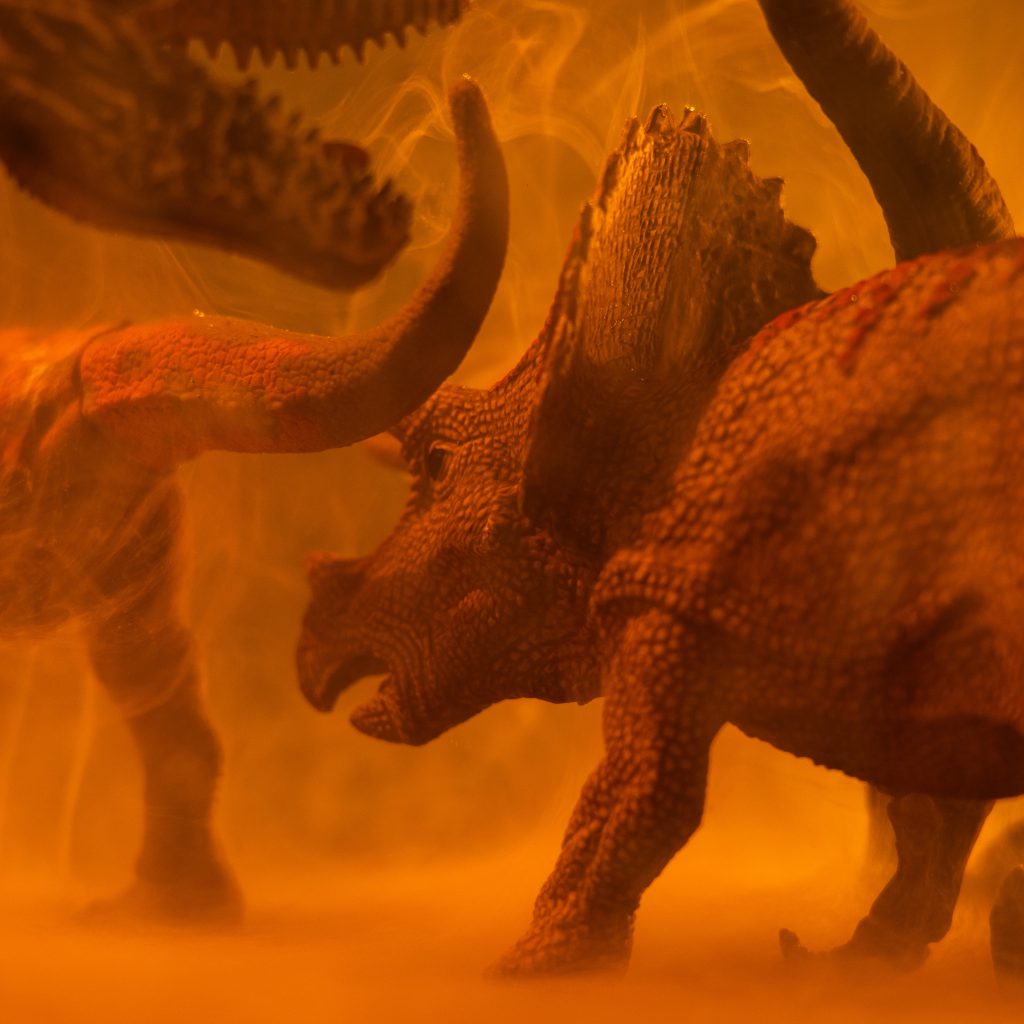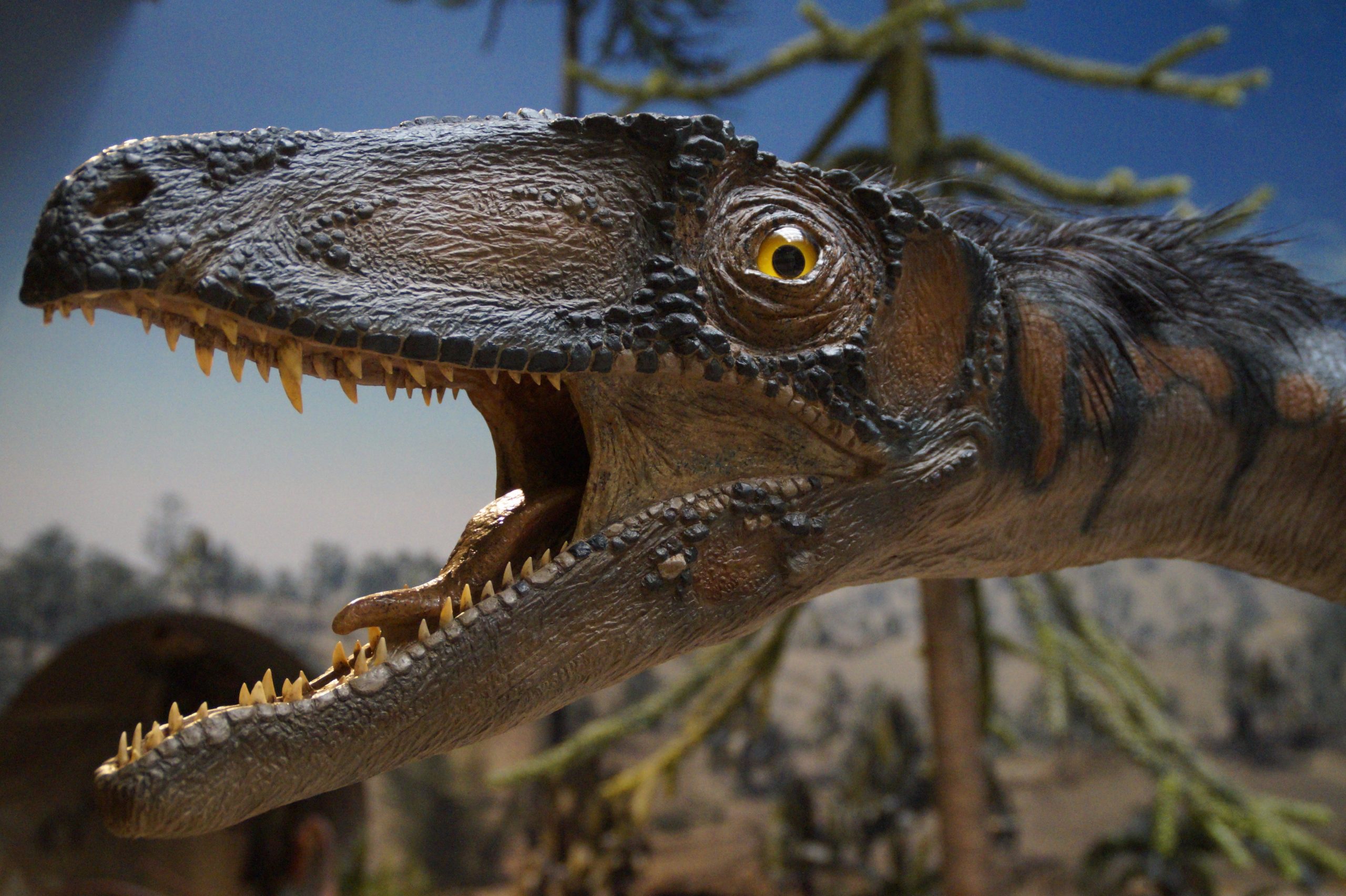What a thrill it would be to witness a real-life tyrannosaurus if that one terrible asteroid never struck the Earth. Would they resemble the photographs we’ve seen of them on Google? Would they have changed? Could we ever learn to live together peacefully? Thousands of questions run loose when we think of them.

Dinosaurs of various forms and sizes inhabited the Earth until 66 million years ago. Intelligent, flexible, and weighing as much as two jet planes, it isn’t easy to imagine that it just took one rock to wipe them out. Of course, this was no ordinary rock. The asteroid that destroyed them was 9 miles big and had the devastating power of ten billion Hiroshima bombs. The radioactive blast annihilated everything for hundreds of kilometers in every direction, wiping out 75% of all creatures on Earth. We would not be living in the same world we do now, if the asteroid had struck a little early, or, a little later, or a few miles off track.
The asteroid that killed the dinosaurs crashed in the shallow seas of Mexico’s Yucatan Peninsula; if it had landed a little farther off the shore, in a deeper portion of the ocean, the water could have absorbed some of the explosion as well as the destructive effects on the atmosphere. Even if the asteroid bypassed the Earth, dinosaurs would have to survive three major global catastrophes to reach the current day.

Temperatures soared 55 million years ago, the environment was 8 degrees hotter than it is now, rainforests emerged, and vegetation flourished; herbivores would have adapted and prospered, but they would have begun to appear different. Plants at this period were less nutritious and simpler to digest, which meant dinosaurs would likely shrink in size due to their new diet’s lack of energy.
After about 20 million years, South America and Antarctica separated, resulting in a colder and drier global environment. Long-legged, fast-moving dinosaurs would have developed during this period to traverse the vast grasslands that stretched across the world. Dinosaurs had considerable advantages over mammals of the time, such as having more teeth and superior eyesight. Given that dinosaurs were already so advanced, experts wonder if mammals would have developed at all if dinosaurs had not gone extinct. The big animals we know today would likely have been prey for the dinosaurs, but keep in mind that humans evolved alongside woolly mammoths and saber-toothed cats. While those species didn’t survive the 2.6 million-year-old ice ages, given the evolutionary traits of some dinosaurs, there’s a chance they could have persisted.
If humanity did live alongside these prehistoric animals in another universe, we might be able to view a real-life T-rex on a protected reserve, similar to Jurassic Park. More giant dinosaurs would have been extinct as a result of human population expansion and overhunting. They would very probably be extinct now, but those that shrank and adapted over millions of years may have coexisted quietly with humans. In fact, some actually do. Where do you think pigeons came from? It’s challenging to believe that birds were once the size of biplanes, but it’s equally difficult to accept that, with a bit of twist of fortune, humans could have walked alongside dinosaurs or, maybe, become dinosaur food.


